Delftware was traditionally handpainted, but after 1750 new printing techniques were adopted: transfer printing, decalcomania (‘decal’ printing) and screenprinting.
Transfer printing
Transfer printing was invented in England in the mid-eighteenth century and quickly proved to be an ideal way of decorating creamware. The technique allows an engraved design to be printed onto the surface of the biscuit-fired pot via a prepared paper. A transparent glaze is then applied and the piece is returned to the kiln.
In the Netherlands, the technique was used on Maastricht pottery from around 1840. Transfer prints can be identified by the dotted lines they feature. There are also often mismatched joins in the decoration, in contrast to the flowing lines of handpainted decoration.
Decalcomania
Decalcomania developed around 1870. The word comes from the French décalquer, which means to trace or transfer. A lithograph would be printed on prepared paper and transferred onto the surface of a glazed pot. The technique was used on a large scale mainly in the late 19th century.
Screenprinting
In silkscreening or screenprinting a piece of transparent paper bearing the design is placed on a fine gauze screen covered in a light-sensitive emulsion. It is exposed to light and the dark parts of the image are transferred to the screen. They are then washed off and allow the paint through onto the pot.
Handpainting can be identified by the flowing lines
Screenprinted ceramics are hard to distinguish from the handpainted article, although it is sometimes possible to spot the pattern of the mesh. Since 1950, screenprinting has been widely used on ceramics. In the twentieth century, producers frequently marked screenprinted items as ‘handpainted’, even though a brush had never come near it. Since 2009, De Porceleyne Fles has used a different mark (Royal Delft 1653) on screenprinted products.

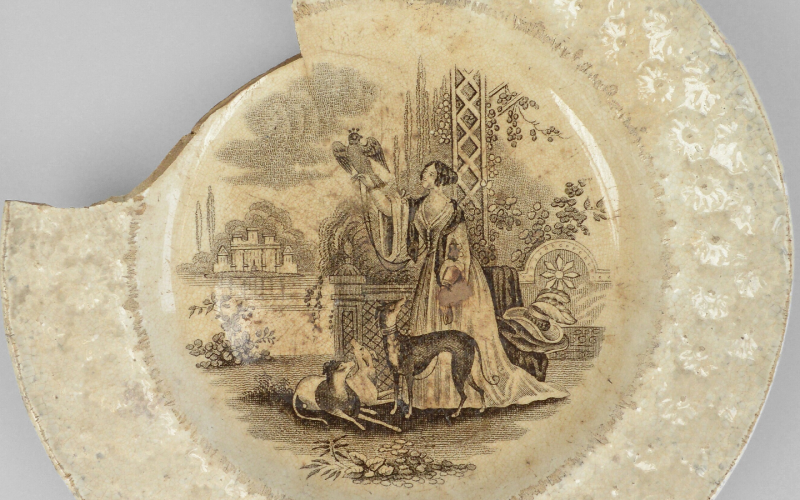

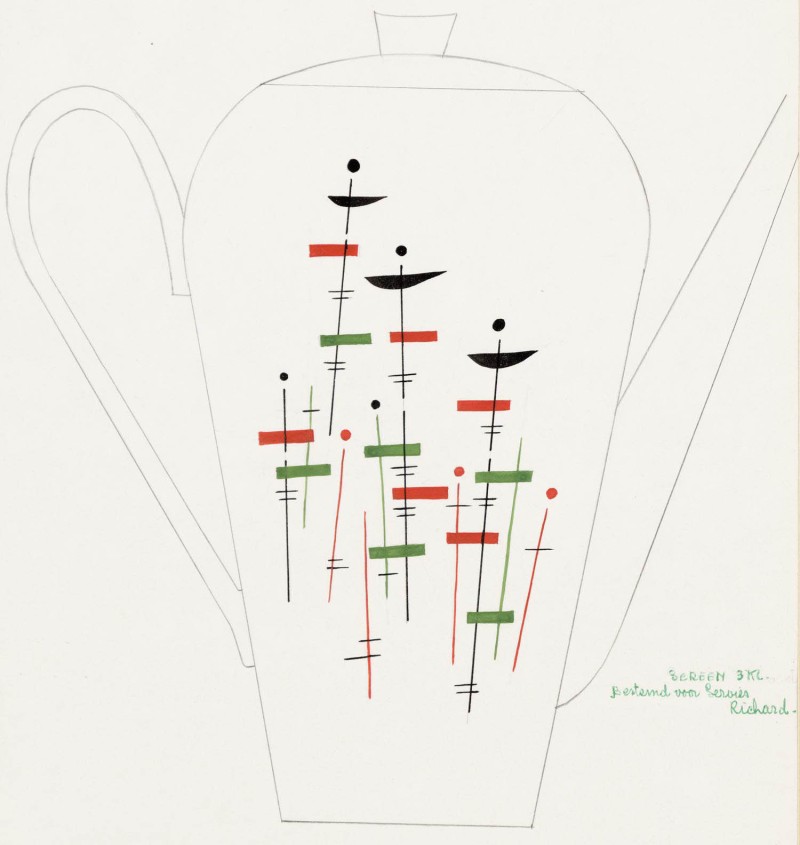

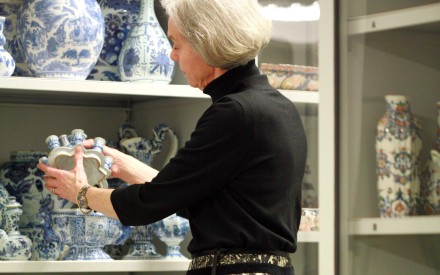

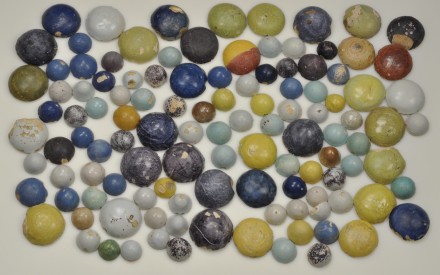

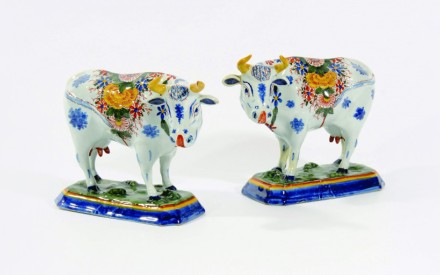
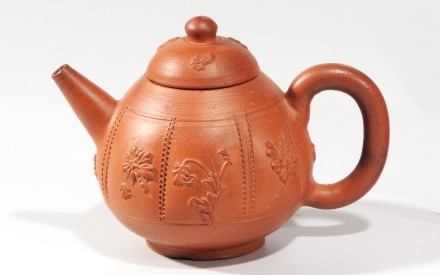












Add new comment
Only logged in users can post comments
Log in or register to post comments